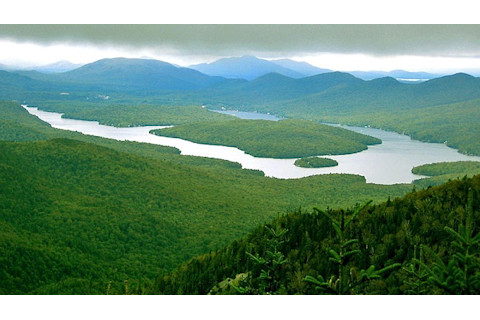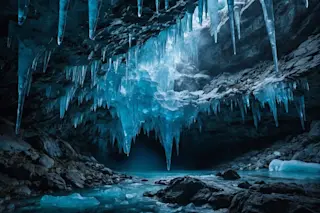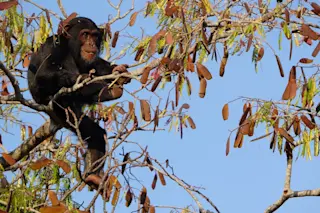
Lake Placid, credit: Wikimedia
If you accept the thesis reported by Charles C. Mann the great eastern forest which the American settlers turned into farmland was actually secondary growth. The consequence of the depopulation of vast swaths of North America of its indigenous population due to disease which preceded the expansion of Europeans (recall that until 1800 whites hugged the Atlantic coast, leaving the interior to indigenous people by and large). And yet by 1900 that great forest was gone. Now it's back again. A piece in The Wall Street Journal highlights how incredibly robust the recovery has been, America Gone Wild:
...Since the 19th century, forests have grown back to cover 60% of the land within this area. In New England, an astonishing 86.7% of the land that was forested in 1630 had been reforested by 2007, according to the U.S. Forest Service. Not since the collapse of Mayan civilization 1,200 years ago has reforestation on this scale happened in the Americas, says David Foster, director of the Harvard Forest, an ecology research unit of Harvard University. In 2007, forests covered 63.2% of Massachusetts and 58% of Connecticut, the third and fourth most densely populated states in the country, not counting forested suburban and exurban sprawl (though a lot of sprawl has enough trees to be called a real forest if people and their infrastructure weren't there).
Much of this is due to increased agricultural productivity in the Heartland. The article discusses at length the problem of suburban and exurban sprawl, and how it has resulted in an intersection between the wilds and the urban frontier. One way to mitigate this problem would be to refocus on the value of dense urban living, and perhaps the construction of genuine arcologies which were insulted from nature. This does not mean that people should avoid nature, but, they could experience it when they chose to experience it, instead of living within it. The example of the Western United States is I think instructive: many of these states are very urban, but they also foster an "outdoors lifestyle."













